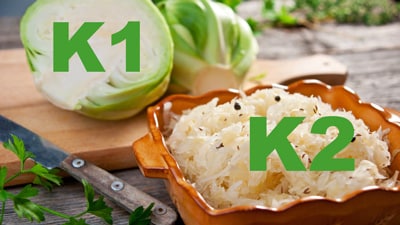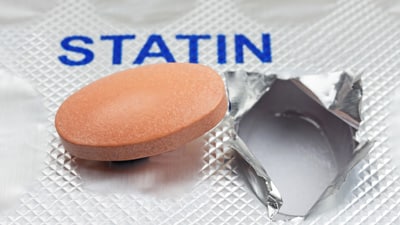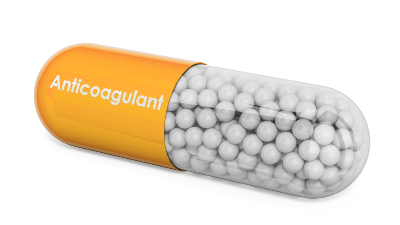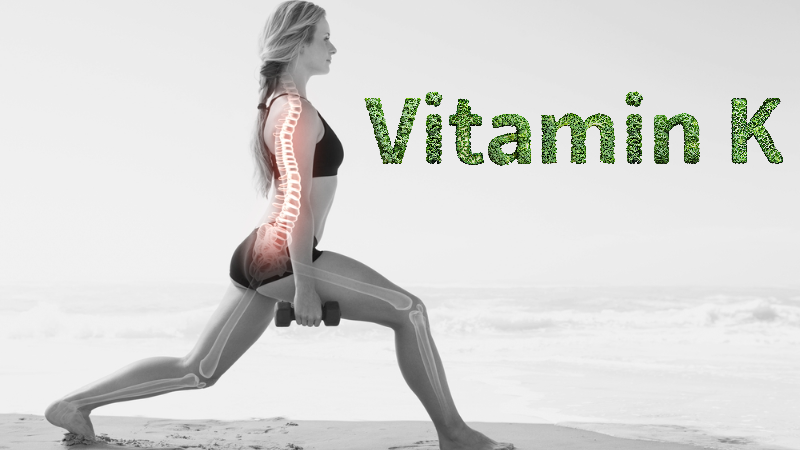 Vitamin K doesn’t usually get the attention it deserves, which is bad because it is a very important nutrient for blood coagulation and wound healing, as well as for our bones, our muscles, and our heart health! Deficiency is very common and tends to go unnoticed until we’re older and it manifests as osteoporosis, arterial or kidney calcification, heart conditions, and even cancer.
Vitamin K doesn’t usually get the attention it deserves, which is bad because it is a very important nutrient for blood coagulation and wound healing, as well as for our bones, our muscles, and our heart health! Deficiency is very common and tends to go unnoticed until we’re older and it manifests as osteoporosis, arterial or kidney calcification, heart conditions, and even cancer.
It’s never too early for our kids or too late for us to start getting adequate amounts. All we have to do is add green vegetables and leafy greens to our regular diet.
Vitamin K1 and Vitamin K2
You may have heard that vitamin K2 is better than vitamin K1, and that the top sources of K2 are animal-based products. This is actually not true, both forms have specific functions in our body. Not only that, the top source of vitamin K2 worldwide is natto, fermented soybeans! This is because vitamin K2 is made by bacteria, whether it is through fermentation during food preparation, or fermentation by our very own gut bacteria. That’s right, we can covert vitamin K1 into vitamin K2. And even if we didn’t absorb enough vitamin K2, we have enzymes ready to help us convert even more vitamin K1 into K2 inside our body.
Given the high amounts of vitamin K1 present in dark leafy greens, getting just one cup of cooked kale, spinach, or other dark greens should give us all we need. And, if in doubt, we can always eat fermented plant-based foods.
On this page, we’ll share more about the best foods to help you reach your intake needs, a nutrition calculator to help you identify your Recommended Daily Allowance as well as your family’s, further details on what this vitamin can do for us as K1 and K2, interactions with popular medications, and a comparison between whole-food, plant-based sources, supplements, and animal-based sources.
Top Whole-Food, Plant-Based Sources
Green vegetables, especially green leaves, are a fantastic source of vitamin K. One serving alone can give us our daily requirements and then some. So, the key to avoiding deficiency is simply to add any of these to our daily menus. Think about salads, soups, roasted vegetables… the possibilities are limitless.
Hover over each food below to see how much of the Daily Value (DV) you can get with one cup. Click on each food’s picture to visit its interactive page with a sophisticated calculator that will show you this food’s top nutrients and how much of your Recommended Daily Allowance (RDA) you and your family can get in one portion. Plus, discover some delicious and easy-to-make recipe ideas, and learn how this food can support your overall well being.
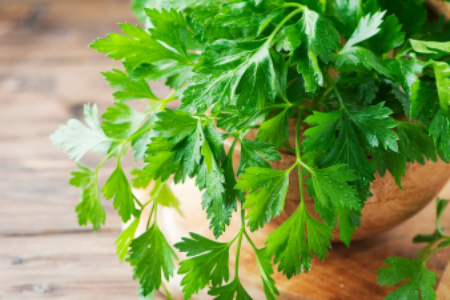
Parsley
1 Tbsp raw = 52% DV
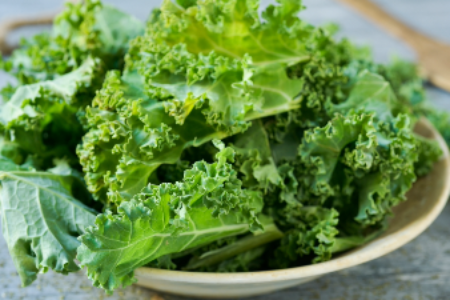
Kale
1 cup raw 81% & cooked 412% DV
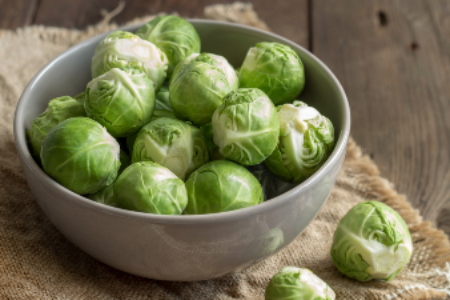
Brussels Sprouts
1 cup cooked = 182% DV
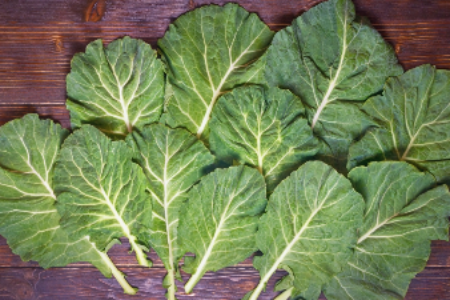
Collard Greens
1 cup raw 131% & cooked 508%
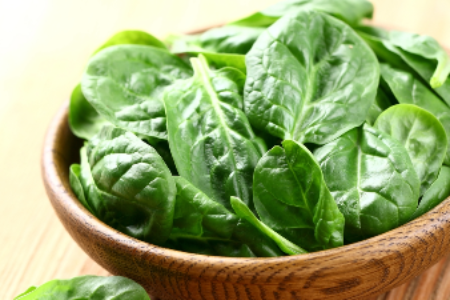
Spinach
1 cup raw 121% & cooked 740% DV
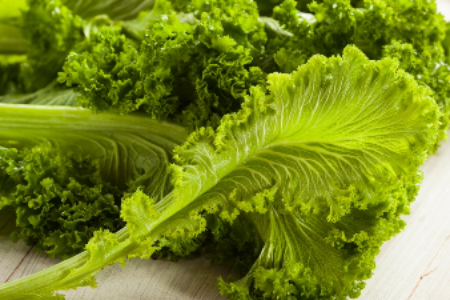
Mustard Greens
1 cup raw 120% & cooked 692% DV
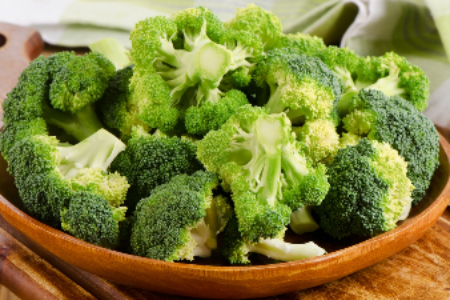
Broccoli
1 cup raw 76% & cooked 183% DV

Asparagus
1 cup boiled 75% DV
Vitamin K Personalized Calculator
See how much vitamin K1 you and your family need. Currently, there are no requirements established for vitamin K2. As more research is coming out, we’re learning more about how our body converts some of the K1 we ingest into the K2 we need.
Getting your personalized nutrition values will give you a better idea of how to plan your meals and family portions. You can never get too much of this vitamin, but unless you are already eating greens regularly, there is a big chance you and your loved ones are not getting enough.
Select your age group, sex, and whether you are pregnant or breastfeeding to get your personalized values!
Terminology:
- Daily Value (DV): The recommended amount of nutrients to consume each day for individuals who are 4 years old or older.
- Adequate Intake (AI): This is an approximation of nutrient intake by a group or groups of healthy people, based on age, sex, and whether a woman is pregnant, lactating, or none. It is used when a Recommended Daily Allowance (RDA) cannot be determined.
- Upper Intake Level (UL): The highest amount of nutrient intake that will not pose adverse health effects on most individuals.
* Average RDAs have been provided by the U.S. Department of Agriculture’s Dietary Guidelines for Americans 2020-2025 based on average weight by sex and age group, and based on whether women are pregnant, lactating or none.
How Our Body Uses Vitamin K
Vitamin K, was named after “koagulation” (German for coagulation). K1 is key for blood coagulation, but vitamin K also has important roles in our bones, our heart, and our muscles.
Hover over each pointer below for more details on how this nutrient benefits our body. Click on the pointer to visit the specific body part’s interactive page to discover what other nutrients support it, the best sources to find them, and other interesting facts.
Important Things to Know
Vitamin K Sources Comparison
You may be wondering about other potential sources of this vitamin aside from green vegetables and leaves. Below we make a quick and simple comparison between the three choices we typically get: plant-based foods, supplements, or animal-based products. For vitamin K the top choice is clear!
References




